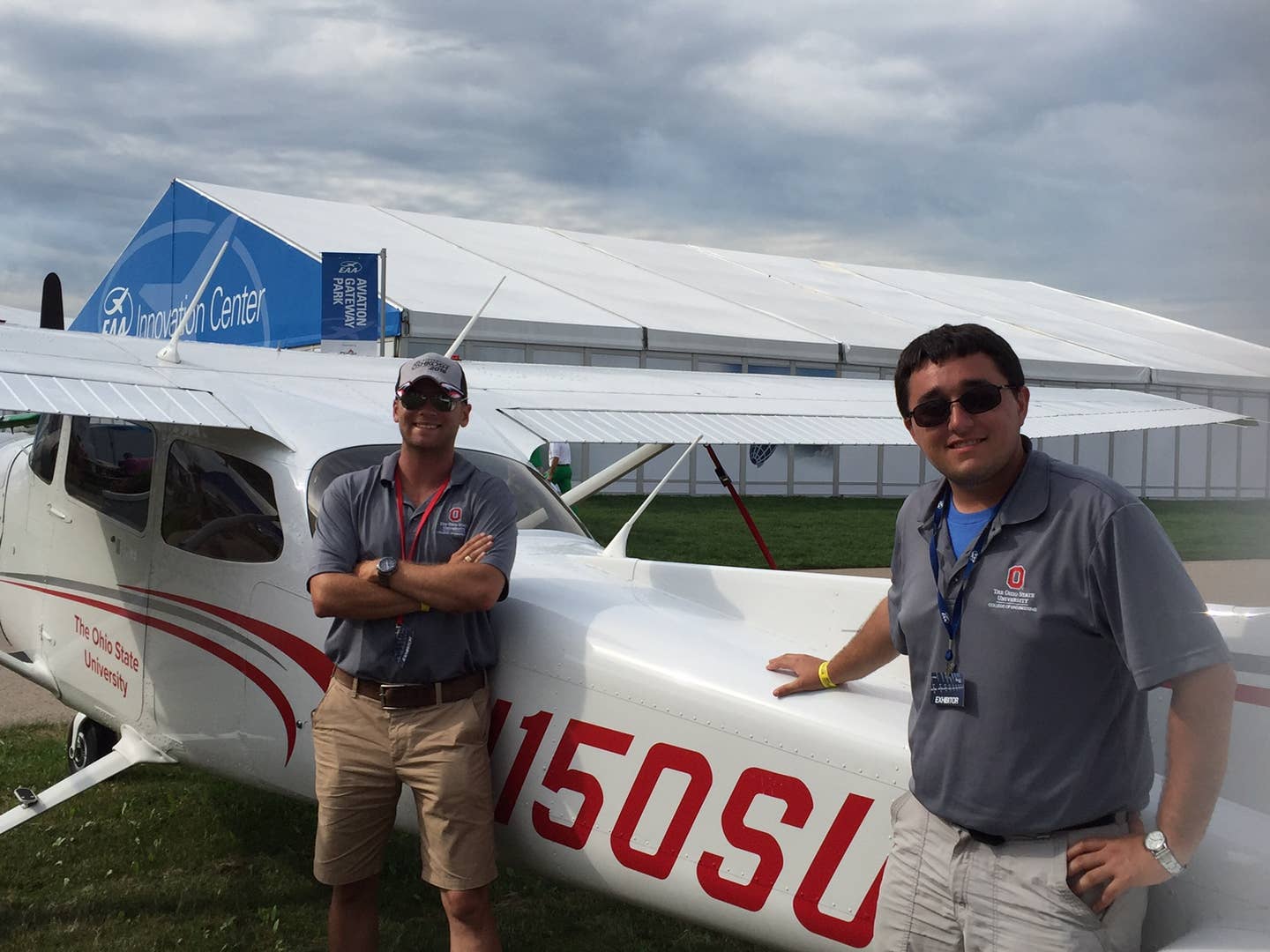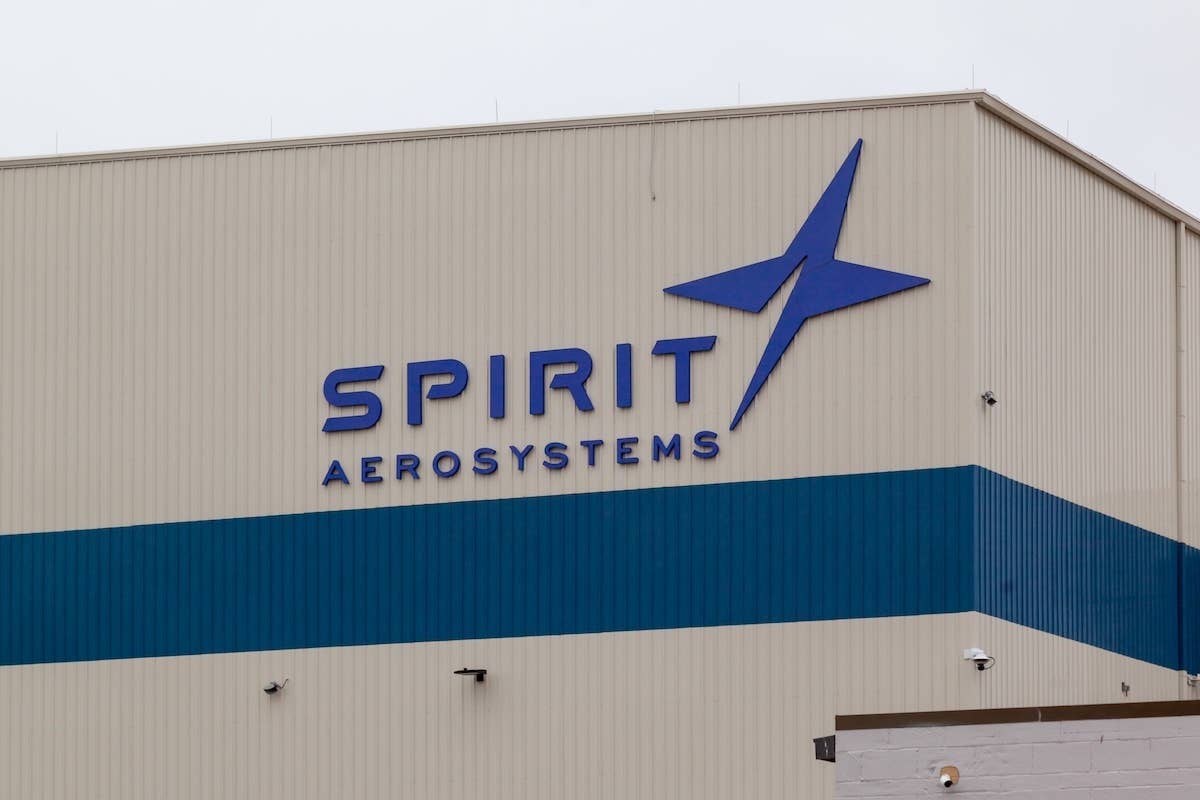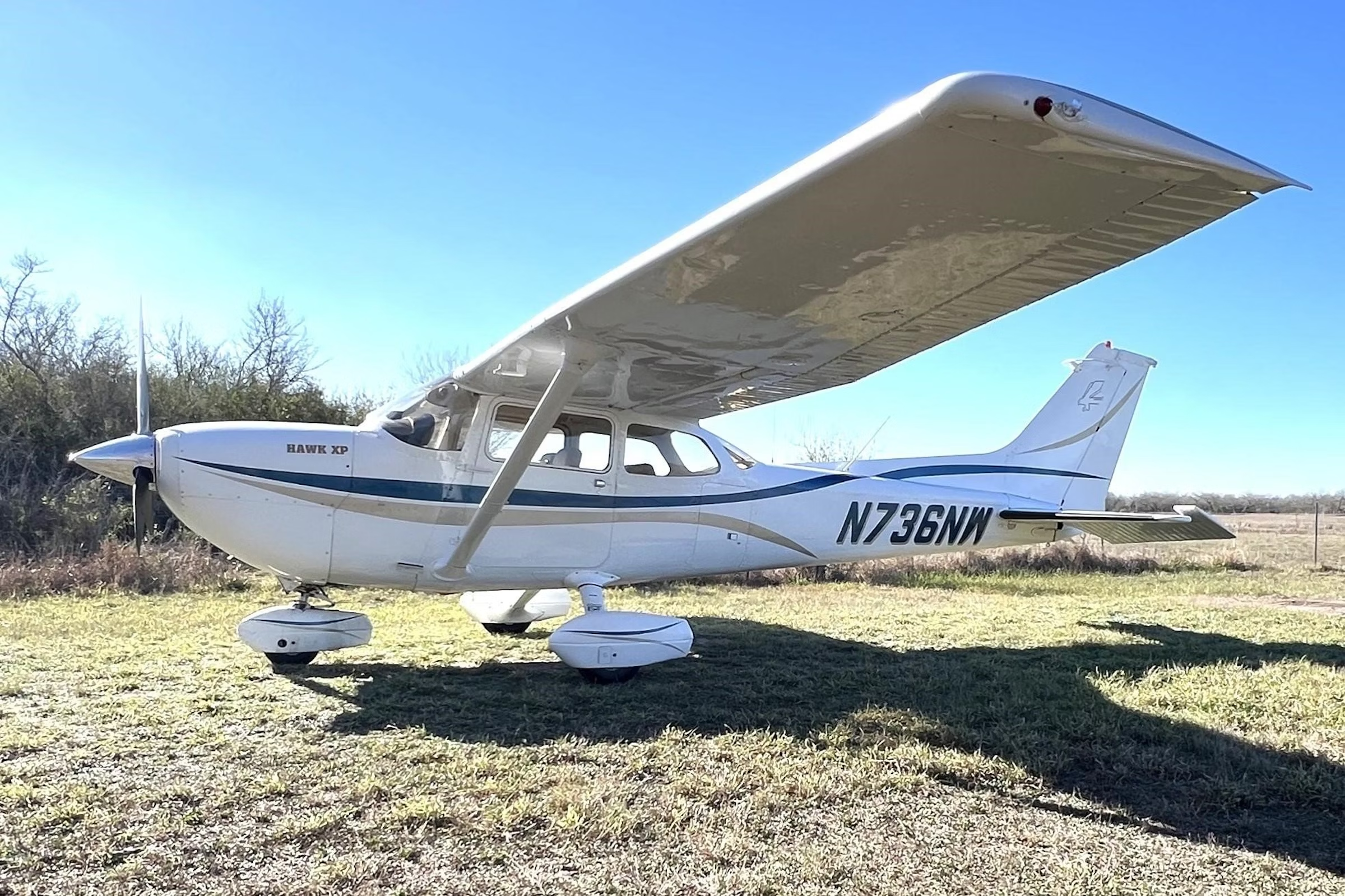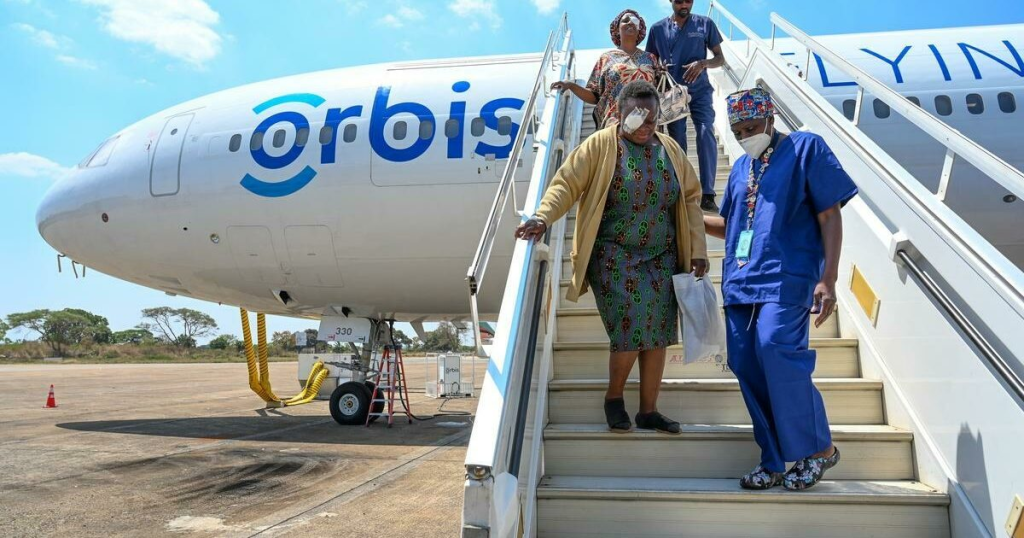
Ohio State University students leave the college with a degree, their pilot ratings and enough flight time to qualify for an ATP certificate if they’ve spent the requisite time as a flight instructor. Rob Mark
In the old days, as in pre-2013, the regional airlines that feed the majors in the United States had their pick of pilot candidates, often aviators right out of a university aviation program with fresh certificates and a few hundred hours in their logbooks. Then came the 2013 rule requiring all first officers in air carrier service to hold an airline transport pilot certificate (ATP) to even be considered. In just three years, the marketplace for airline pilots was turned on its ear with a fat supply turning into a shortage. Not only did the employment requirements change, but so too did some of the intricacies of how professional pilot candidates might reach their goal.
"Today, the ball is really in the pilot's court," Griffin Kirk told Flying last week at EAA AirVenture. Kirk' is a rising senior in the air transportation curriculum at Ohio State University. "Pilots are learning to adapt and overcome," issues like poor pay and a quickly improving job market. OSU graduates leave the university with a four-year degree in addition to their pilot ratings and enough flight time to qualify for an ATP certificate if they've spent the requisite time as a flight instructor. Of course they also often leave with many of the same problems as college graduates from every other industry … debt. Although, Kirk said, "There really are plenty of scholarship opportunities."
At Epic Flight Academy in New Smyrna Beach, Florida, President and Chairman Danny Perna said he learned a thing or two about the value of education when he started his career as an A&P mechanic in 1997, like the importance of offering the highest-quality education in the shortest amount of time. At Epic, the shortest amount of time translates into pilots graduating with all their ratings in just a few years, but stopping short of earning a four-year degree.
Today, most airline and business aviation pilots hold at least a bachelor’s degree, although the airlines make it quite clear that document is only “recommended or preferred.” Because Part 141 flight schools like Epic don’t offer a degree program, schools like Perna’s aren’t eligible for many of the financing options like federal school loans, available to students at universities like OSU, the University of North Dakota and Embry-Riddle.
Perna last year began working with Marcus Newbury from Airline Pilot Finance (APF) to begin providing opportunities for career pilots to pay for the required training. Although Newbury’s company currently only finances training at Epic and Treasure Coast Flight Training in Stuart, Florida, the company plans to expand its reach.
Adding to the draw for schools like Epic or APF, are links with companies like Trans States Airlines that offer qualified students $10,000 to help offset Epic’s training fees, but only if those graduates agree to work at the regional carrier once they meet the minimum requirements. Other regionals are offering enticements like improved pay rates, signing bonuses and flow through guarantees to the majors to attract candidates.
Some experienced aviators believe that whether or not to earn a four-year degree, or grab those ratings faster at an independent Part 141, isn’t the only major decision for new pilots. OSU flight instructor Robin ODonnell, in Oshkosh to help spread the university brand, met quite a few high schoolers at the school’s AirVenture booth. It’s clear, “some young people know exactly what they want to do and some don’t,” he said. Other young people might want a pilot career, but have little understanding of what it takes to qualify, nor any knowledge of the industry hiring changes over just the past 18 months, he added.
Degree or no degree? That conundrum is precisely why information sources like Future & Active Pilot Advisors (FAPA) can play a vital role offering pilot applicants interview preparation, general advice and job fairs that bring aviators face-to-face with airline recruiters on the lookout for new cockpit crew members. One former Florida CFI Flying spoke to attended his first FAPA job fair in Orlando last year and was hired on the spot by a regional carrier.
While logging the requisite number of flight hours to reach the ATP level often sounds like a relatively unimportant tangential issue in the hiring process, OSU's Kirk explained why future professional pilots should consider the overall value of earning the CFI rating. He told Flying, "a flight instructor rating really is more than just a time builder. Good instructors bring in-depth knowledge to the cockpit too, understanding of aerodynamics and solid stick and rudder skills that can help a pilot stand out during their interview and win that first job."
When new commercial pilots choose other flying jobs to build time, like traffic patrol or banner towing, he said, they often lose their edge for handling an airplane under Instrument conditions. Airline recruiters say one of the biggest hurdles some new regional airline pilots face is trying to complete training with rusty instrument flying skills.
Other major changes to hiring certain to convince some that a pilot career might well be worth reconsidering, whether they choose the university or the unaffiliated Part 141 school route, is that airlines are finally taking a closer look at the financial side of becoming a professional pilot.
Robin ODonnell told Flying of a recent trip to Dallas for a number of OSU CFIs aboard PSA airlines. That's when those instructors learned about the formal seniority flow-through agreement between PSA and American Airlines. Fly for PSA until their seniority number reaches a magic point on the list and pilots are guaranteed a cockpit position at the major carrier. Need a little more? How about a $15,000 regional airline signing bonus and starting pay rates in the mid-40s to help pay the bills?
The times they are a changing, and the welcome recipients are the pilots destined to become the future of the airline industry.

Sign-up for newsletters & special offers!
Get the latest FLYING stories & special offers delivered directly to your inbox






